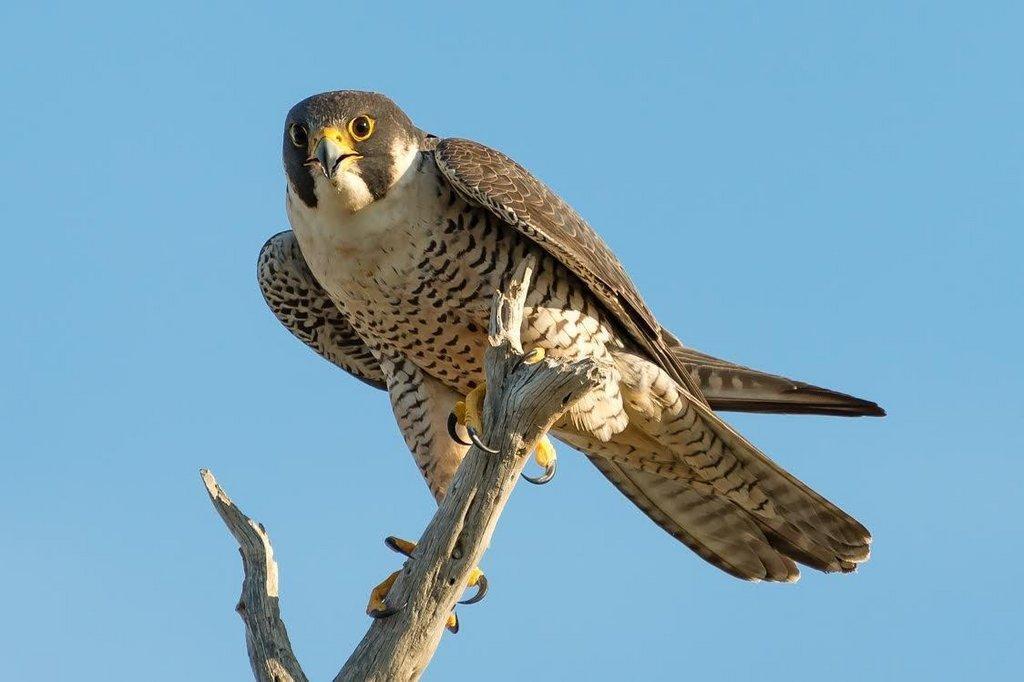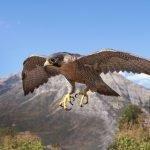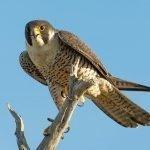Press Release
MONTICELLO, Utah – Each spring, raptors return to the Indian Creek area for nesting. Eagles, falcons and other migratory birds use shallow depressions on ledges, cliffs and rock walls, and often return to the same site year after year to raise their young. The BLM requests that hikers and climbers voluntarily avoid nest sites during critical nesting periods, typically in early March through late July. Avoiding use of certain climbing routes and hikes will help ensure successful fledging of young birds.
BLM biologists will begin surveying nesting areas in March to determine which historic nest sites are active. Typically, by late April or early May, biologists can determine which nest sites birds have chosen to use. Walls and climbing routes without active nests will be cleared for climbing at this time. The BLM requests that climbers avoid walls with active nests until the young birds have fledged, usually by late summer. Biologists will monitor nesting activity throughout the season and keep the climbing community and public informed of potential changes. Notices will also be posted at trailhead areas.
Beginning March 1, the public will be asked to avoid climbing the following walls in the Indian Creek area where birds are known to nest: The Wall, Far Side, Second Meat Wall, Disappointment Cliff, Fin Wall, Broken Tooth, Cat Wall, Slug Wall, and Reservoir Wall. The BLM is coordinating these raptor protection efforts with the Utah School and Institutional Trust Lands Administration, the administrator of the Disappointment Cliffs and portions of the Second Meat Wall climbing areas.
While falcons and eagles are not overly common sights in southeastern Utah, they are present throughout the area and keen eyed observers are sometimes rewarded with their aerial acrobatics. Visitors can watch adult birds hunt or observe the antics of young raptors perfecting their flying techniques. The BLM would like to remind the public to respect wildlife and retain a safe viewing distance. These species in Utah continue to recover from low population levels, thanks in part to cooperation from the public, climbing communities and governmental partners.
For questions about raptors and migratory bird habitat in the Monticello area, please contact Melissa Wardle or Thomas Plank with the BLM Monticello Field Office at (435) 587-1500.
Persons who use a telecommunications device for the deaf (TDD) may call the Federal Relay Service (FRS) at 1-800-877-8339 to leave a message or question. The FRS is available 24 hours a day, seven days a week. Replies are provided during normal business hours.




